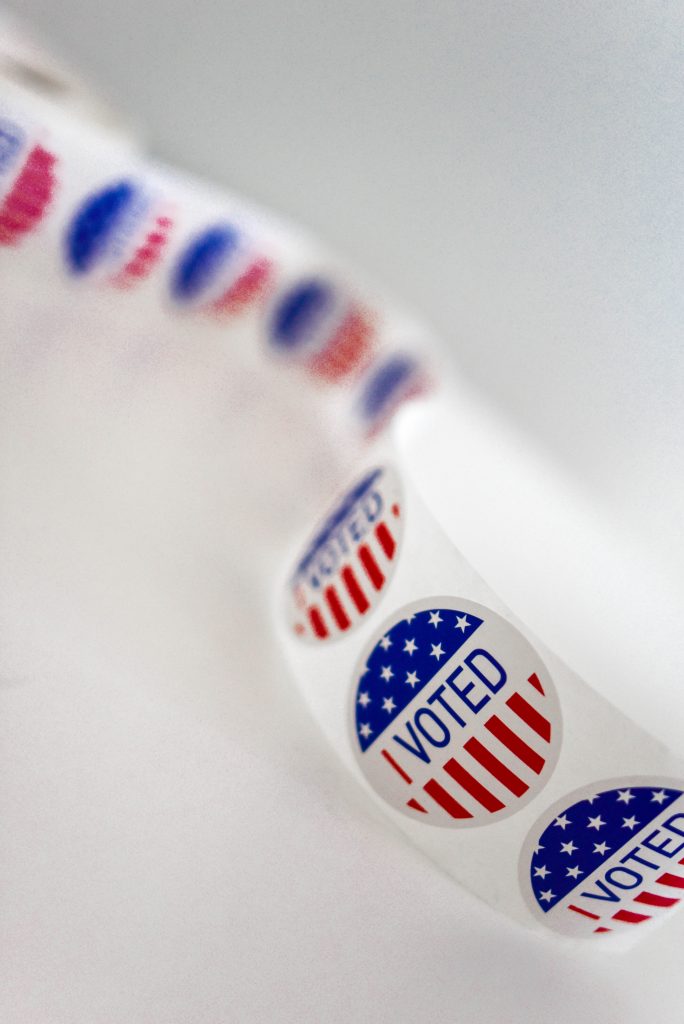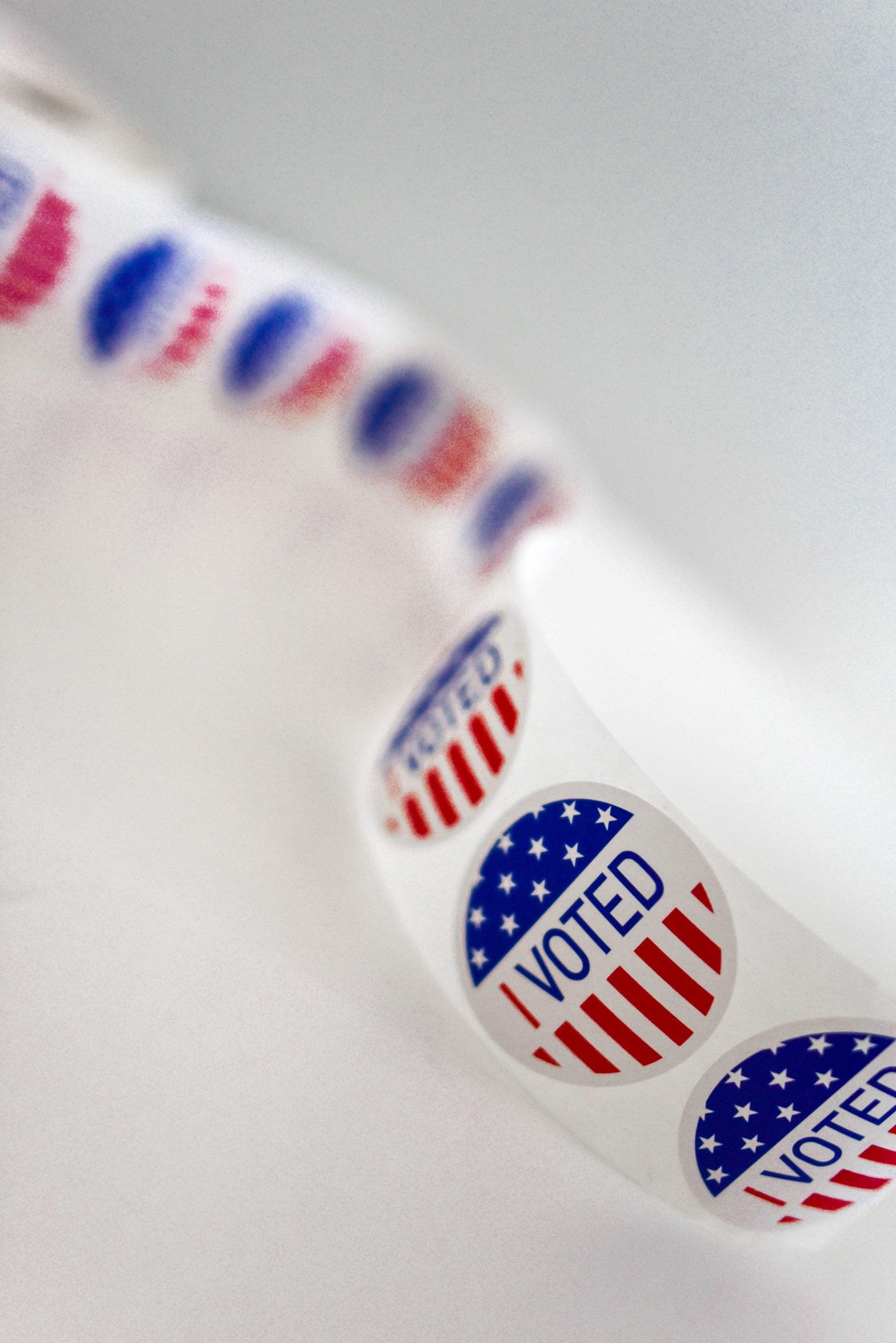It’s the 3rd of November, and millions of Americans are lining up to vote in the midst of a global pandemic and escalating racial unrest. As with everything this year, the election has been foreshadowed by rising tensions, tribal partisanship, and a flood of misinformation. While the US political system is obtuse enough to confuse even the most informed citizen, it is even more bizarre for those on the outside looking in. Here’s a brief overview of everything you need to know before the spectacle begins.
1. What is being decided?
US elections are always presented as a duel between the presidential candidates of the two political parties. The president rules for a period of 4 years, and can serve a maximum of two terms. Today, the left-leaning Democrats are being represented by Joseph “Joe” Biden.

Career Politician, former Senator and Vice-President under Barack Obama
His opponent, the incumbent President Donald Trump, is representing the right-wing Republicans.
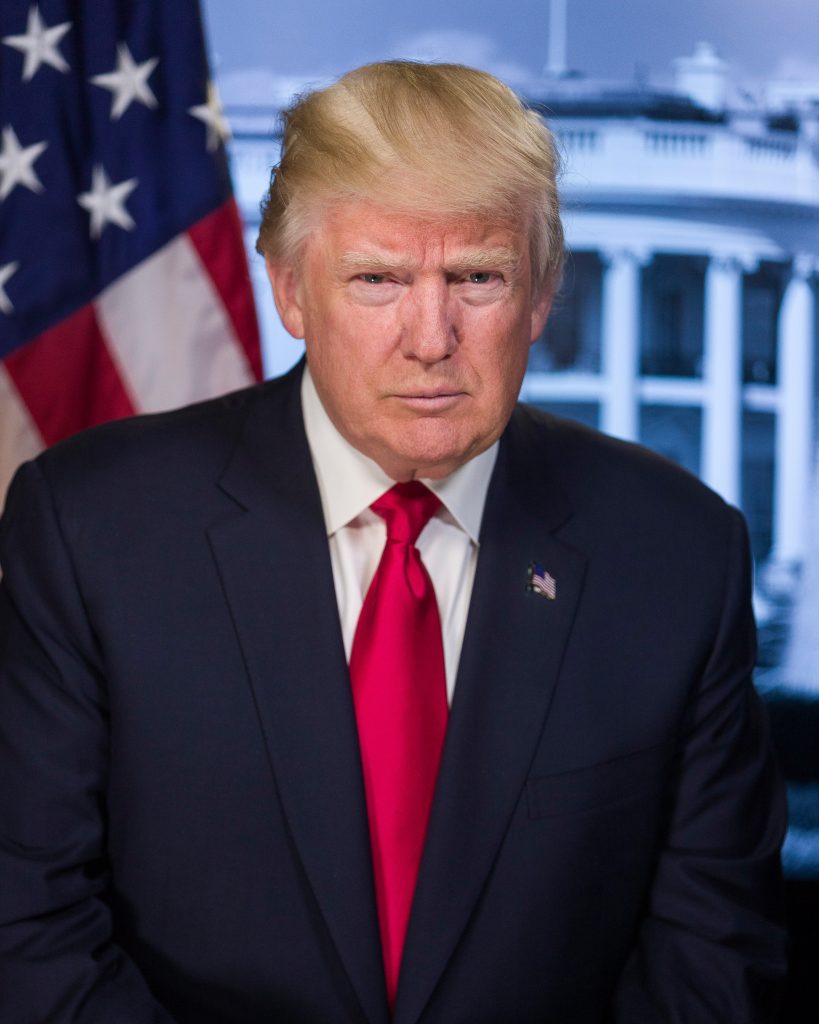
President of the United States, Property Mogul, Reality-TV Star
Matching the tone of 2020, the campaigns (and particularly debates) have been anything but civil. Trump has also indicated that he might not accept the results of the election if he loses and has also been propagating rumours of voter fraud. In other words, the final count may not be final.
In the light of this geriatric duel of fates it is easy to overlook the other half of the election. Congress, the legislative branch of the United States, is also being chosen. 1/3 of the Senate is facing re-election, as well as the entire House of Representatives. What is the difference between Congress, Senate, and House? I’m glad you asked.
Congress is essentially a parliament, a group of politicians representing the American people. As the legislative branch, Congress is responsible for drafting and passing federal laws which are then enforced by the executive branch. Congress is divided into two parts, the aforementioned Senate and the House of Representatives.
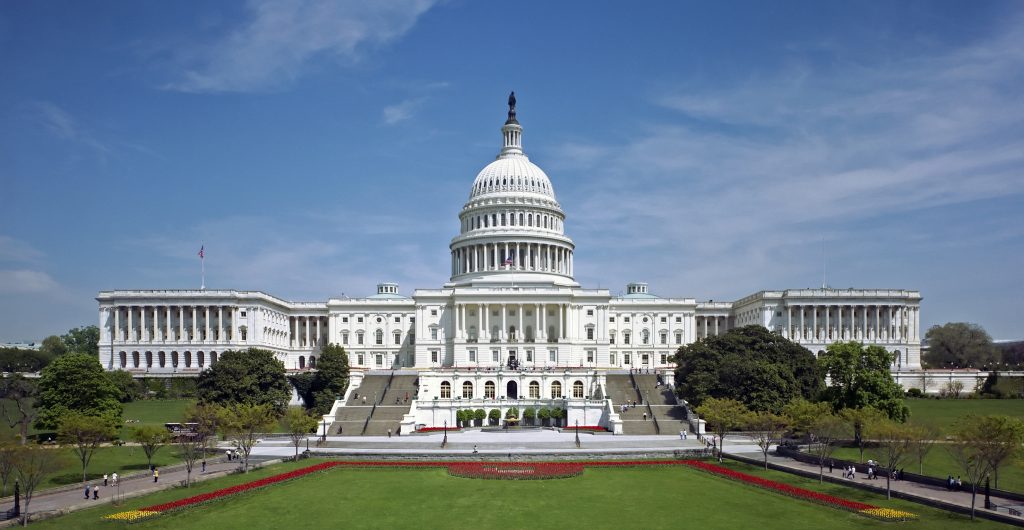
The Senate is composed of 100 senators who represent the States of the Union. There are 50 states, ranging from Alaska to Florida, with two senators each. 35 of these seats are being decided today, the others are decided in off-year elections, which take place on even-numbered years.
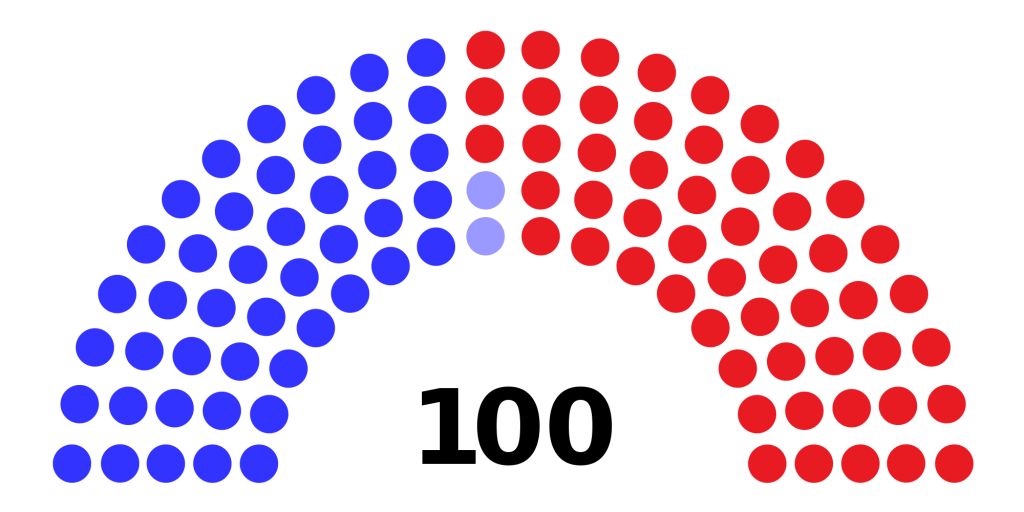
Where the Senate represents the states as separate entities, the House of Representatives represents the people living in those states. A state is divided into certain voter districts based on population. These districts then each select a representative by direct vote. The largest State, California, has 53 districts/representatives, while seven states, such as Alaska and Wyoming, have only 1. (There are also 6 seats without voting rights, which represent special districts such as Washington DC or foreign territories such as Guam.)
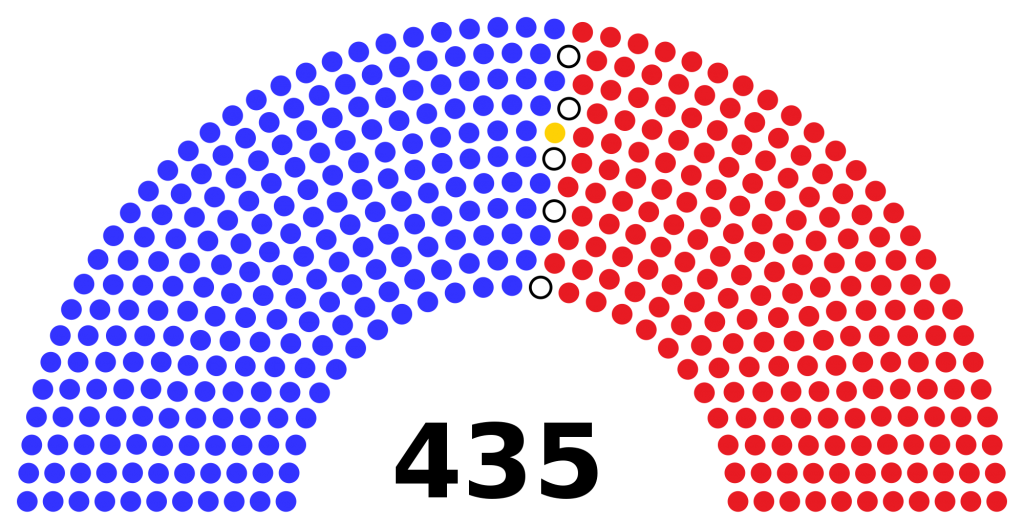
To be effective, a president requires cooperation from both branches of Congress. A divided government (or split Congress) occurs when different parties hold the two branches. Both Trump and Obama had to compete against a split house (or divided government) and had great difficulties passing any laws. A split Congress can also lead to problems with the federal budget, which can result in a government shutdown.
Finally, the US is also electing its vice-president. The Vice President serves many functions, the most important of which is to assume the presidency in the event of the president’s death — a fact which should not be ignored considering how both candidates are already over 70 years of age. Biden’s VP would be Kamala Harris, currently the Junior Senator of California. Trump would be keeping his current VP, Mike Pence, in office.
2. Two-parties are better than one?
There are a lot of misconceptions regarding the US political and voting systems. The most surprising of all: the United States is not a democracy. In the legal sense at least. The hallowed Founding Fathers were terrified of mob law, i.e. that the uninformed and uneducated could be manipulated into voting against their own interests. The answer was representation on the political level (choosing one person to represent the will of many) and the electoral college on the voting level.
In the 2016 election between Trump and Hillary Clinton, Trump won by large margin even though Hillary received 2.87 million more votes. This confusion is caused by the electoral colleges. The presidential election is ultimately decided by the states, not the citizens directly. Each state has a certain number of “electors”, proportional to its population. These electors are selected by public vote and are the ones who later choose the president. All the states except for Maine and Nebraska use a winner-take-all system: the candidate with the majority receives ALL the votes. A brief example of how this works:
California has 55 electors. The public vote (what the citizens individually vote for) is read. Let’s say that results were 51% – 49% for Biden. Biden then receives ALL 55 of the electors’ votes, even though he only received 51% of the public votes. The system was designed to ensure that states and particularly rural communities are not excluded by virtue of their low populations, but every election sees rising criticism.
Most states are quite clearly in favour of one particular party, so candidates often spend the majority of their time campaigning in “swing states”, the states whose majority could be changed by a small swing in votes. For those interested, this is the current projected division by CNN:
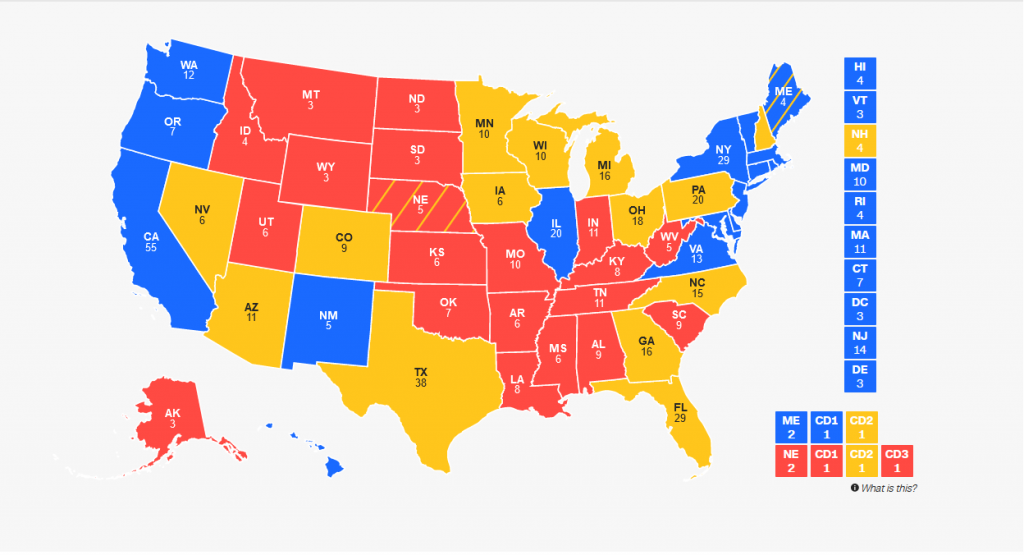
The second misconception is the two party system. There is no law limiting the country to two parties, and there is also nothing preventing candidates from forming new parties or even running independently. So why is the vote decided between Democrats and Republicans?
The answer is not theoretical, but practical. The combination of the electoral colleges and the winner-take-all system means that a smaller party has almost no chance of ever achieving a majority. No victory means no votes and no chance of becoming a representative. Furthermore, the strength of the two parties means that a vote for an independent candidate is essentially “wasted”, as he or she has little chance of winning.
3. Voting Vocab
Some of the terms used by political commentators can be (purposefully) confusing. Knowing a few concepts can help you ignore the sensationalism and make your own judgements:
Ballot: The sheet of paper containing the vote. Used to preserve the anonymity of the person voting. Most districts also allow ballots to be delivered by post.
Polling station: An official location for registering voters and gathering ballots.
Polls and Polling: An estimate of how people will vote. This estimate is generated by interviewing voters and can vary greatly from the final result. Remember: most polling does not disclose how many people were questioned.
Exit Polls: Related to our previous point, an exit poll is a poll taken of people who have just finished voting. While this tends to be more accurate than the general poll, this still does not reflect the final tally because it does not include the mail vote. Beware: many commentators present the exit polls as the final result so that they can be the “first”.
Election Night: The greatest spectacle of an election. Most polls are closed by 9:00 PM, many much earlier, meaning that the first ballots can already be counted. Election night is essentially a media marketing ploy; there has never been an election where all the votes were counted by midnight, and some election results were open until December. Furthermore, the majority of Republican voters tend to vote in person while the majority of mail voters are Democrat. By calling for the final results on election night, Trump is attempting to portray any factor leading to a possible defeat as illegitimate.
Postal Fraud: Due to the Corona-pandemic, a record number of US citizens are expected to vote by post. While there have been cases of fraud caused by postal ballots, the actual rate of fraud is less than 0.0009%, according to a 2017 study by the Brennan Center for Justice.
4. Who’s going to win?
Depends on whom you ask. CNN is currently predicting a 52% victory for Biden. Fox News, ardent Trump supporters, are also predicting that Biden will reap 52% of the votes. As stated before, polling is at best an educated guess. This is further exacerbated by the electoral college system: in 2016 multiple broadcasters were predicting an almost certain win for Hillary. Trump’s victory came then a double-shock for the liberal media, a surprise only slightly alleviated by the fact that Clinton did actually win the popular vote.
An interesting point to note is that Trump would be only the 13th president not to win his reelection.
Regardless of your own political views, 2020 has been dark enough already. I’m sure that everyone is hoping for a peaceful and legitimate election, and we can only hope that that is what we will see tonight.
